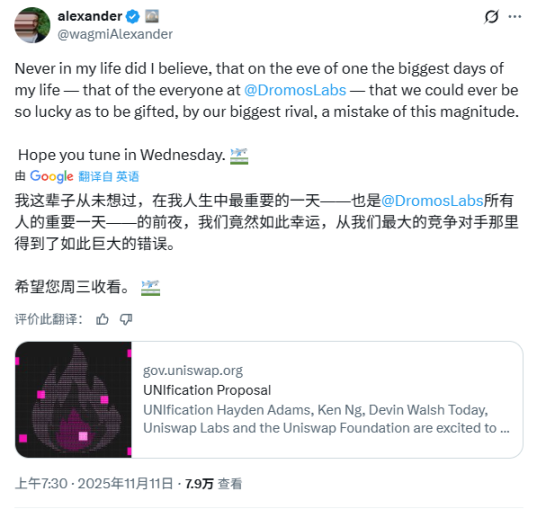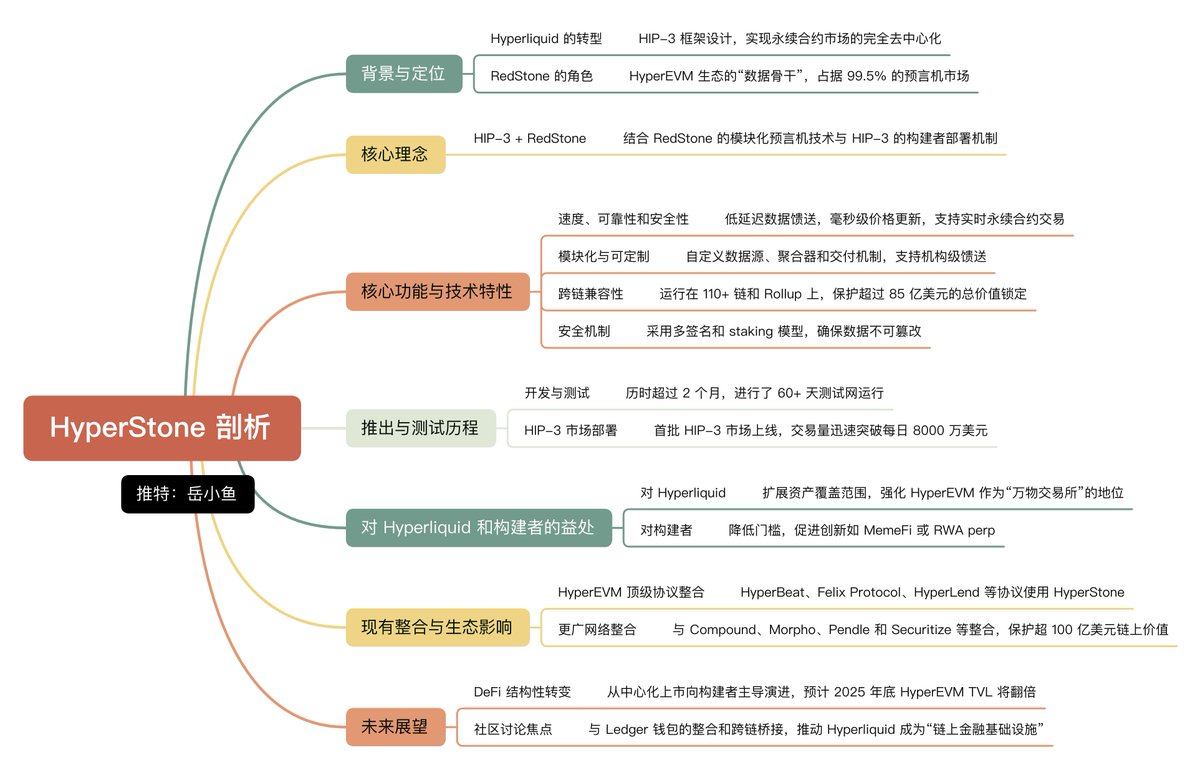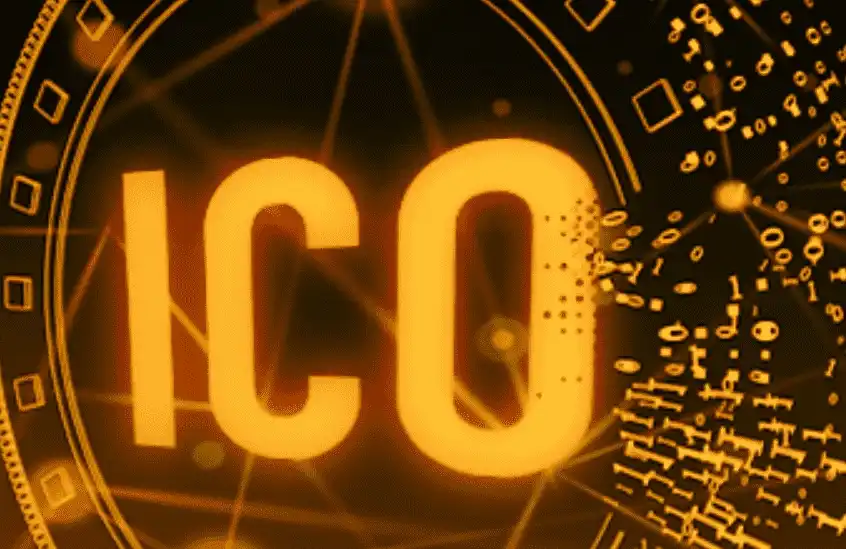How much does it cost for traditional enterprises to enter the RWA sector?
Chainfeeds Guide:
The large-scale adoption of RWA is not merely a matter of regulation or cost, but rather a systematic challenge composed of technology, talent, and distribution channels.
Source:
Author:
PANews
Opinion:
PANews: The core definition of RWA is to tokenize tangible and intangible real-world assets (such as real estate, private equity, notes, bonds, etc.) through blockchain technology, enabling them to circulate and be utilized in the crypto market. However, not all assets are suitable for tokenization; the quality and type of underlying assets are crucial. Standardized and highly liquid assets are the primary requirement. For example, money market funds, US Treasuries, and other already-financialized products have advantages in compliance and issuance smoothness. Secondly, the yield of RWA products must be competitive, needing to compete not only with the risk-free rates in the TradFi market (such as US Treasuries) but also with the yields of DeFi protocols. Therefore, many RWA products adopt a "dual yield" model: the yield of the underlying asset is combined with token incentives. In contrast, non-standard assets such as photovoltaic charging piles, though attractive in narrative, are difficult to become mainstream due to insufficient scale and liquidity. The value proposition of RWA is more reflected in three dimensions: global price discovery and 24/7 liquidity, programmable composability and universality, and issuance efficiency advantages. It does not replace the securitization and due diligence systems of TradFi, but rather empowers assets with blockchain technology, expands investment boundaries, enhances liquidity and composability, and becomes an overlay rather than a substitute. The implementation of RWA projects involves multiple cost expenditures, which vary depending on the business model. Taking Hong Kong as an example, RWA projects are divided into one-time issuance and long-term layout models. The cost of a one-time issuance is usually between 3 million and 6 million RMB, with brokerage fees being the highest, up to 2 million to 3 million, used for compliance control, due diligence, underwriting, and issuance channels. Legal compliance costs are between 100,000 and 200,000, mainly for building the SPV structure and meeting cross-border requirements, which is the core step for asset ownership confirmation and risk isolation. The cost of on-chain technology is about 500,000 to 800,000, including smart contract development, security audits, and on-chain/off-chain data synchronization. More complex assets such as private equity funds require higher investment. Fundraising costs are generally 2%–5% of the amount, affected by yield and brand awareness; QFLP channel fees are about 1% of the fundraising amount, used for compliant cross-border return of mainland funds. Promotion costs depend on the market stage; in the early stage, media enthusiasm can be relied upon, but in the long term, professional placement is required. In addition, for long-term layout, it is also necessary to build offshore structures and apply for multiple licenses, among which the application costs for Type 1, Type 4, Type 9, and VASP licenses range from millions to tens of millions, and require long-term maintenance fees. Although this "heavy asset" model has a high capital threshold, it also builds an industry moat. In addition to cost barriers, RWA projects also face structural challenges at the ecosystem level. First, the technical infrastructure is still immature. For example, oracles and cross-chain protocols have single-point risks. Currently, Chainlink is almost monopolistic, and any issues could cause systemic shocks to RWAs that rely on off-chain data synchronization. Secondly, there is a lack of compound talent. The industry urgently needs asset managers who understand both TradFi and DeFi. The absence of such talent makes it difficult for many projects to effectively combine off-chain assets with on-chain protocols. Finally, there is a gap in distribution channels. The Asia-Pacific region lacks a mature on-chain distribution ecosystem, making it difficult for high-quality local assets to establish a complete liquidity cycle. Most Hong Kong RWA products still rely on costly off-chain brokerage channels rather than DeFi protocols. On-chain distribution has the advantages of low cost and composability, but it is difficult to meet regulatory requirements; off-chain brokerage channels, while highly compliant, are extremely expensive, forming significant entry barriers. It can be seen that the large-scale adoption of RWA is not only a challenge of regulation and cost, but also a systematic problem of technology, talent, and channels. Future breakthroughs will require coordinated progress in these three areas to promote RWA from localized pilots to industrial-scale adoption.
Disclaimer: The content of this article solely reflects the author's opinion and does not represent the platform in any capacity. This article is not intended to serve as a reference for making investment decisions.
You may also like
Leading DEXs on Base and OP will merge and expand deployment to Arc and Ethereum
Uniswap's new proposal reduces LP earnings, while Aero integrates LPs into the entire protocol's cash flow.

The Future of Hyperliquid: HIP-3 and HyperStone
The future of Hyperliquid lies in HIP-3, and the foundation of HIP-3 is HyperStone.

A New Era of Token Financing: A Milestone for Compliant Fundraising in the United States
Asset issuance in the crypto industry is entering a new era of compliance.

Circle, the First Stablecoin Stock, Releases Q3 Financial Report: What Are the Highlights?
By the end of the third quarter, the circulating supply of USDC reached $73.7 billion, representing a year-on-year increase of 108%.

